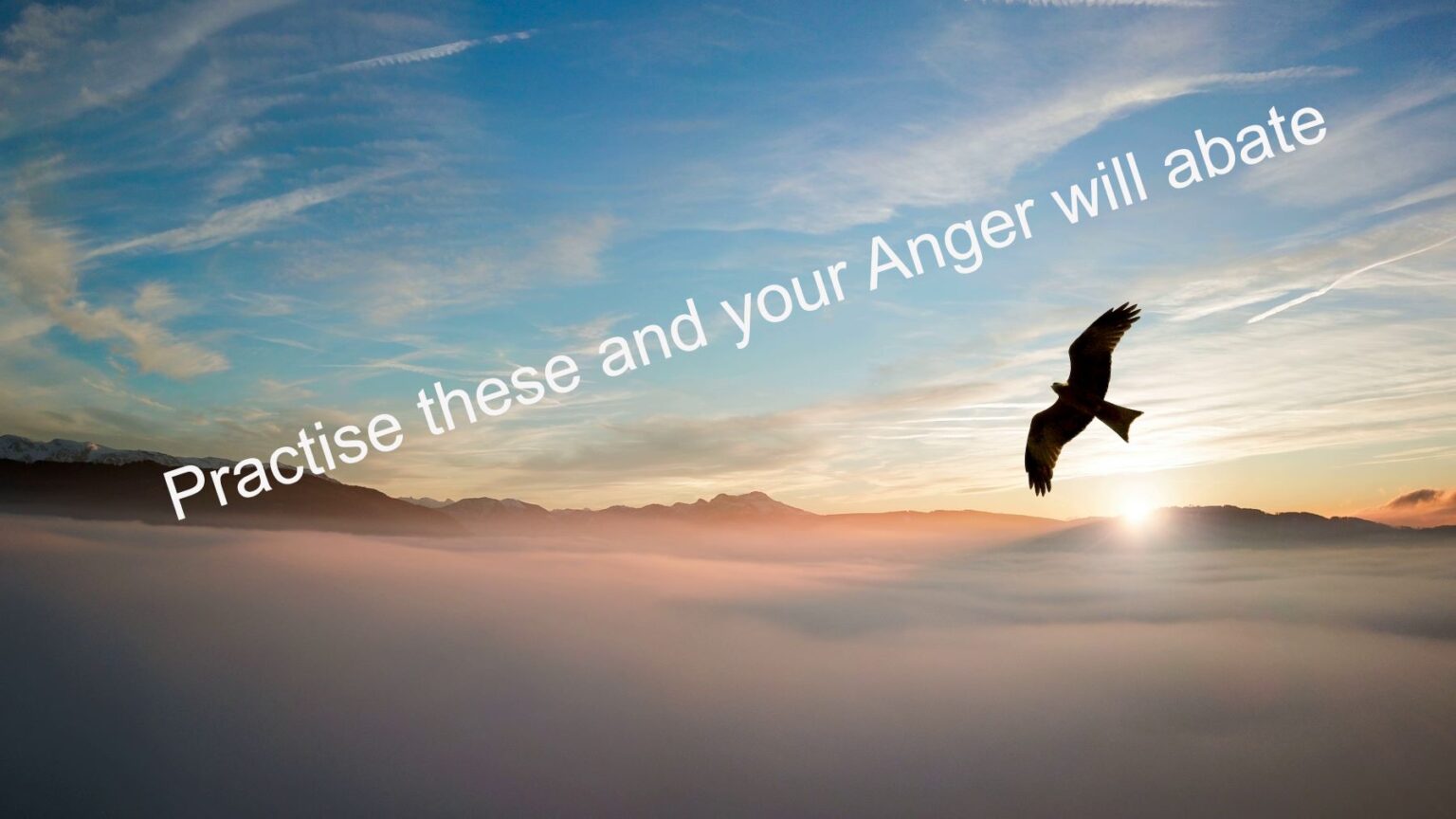Anger Tools
These tools will help – understand them and practise.

Try LIFE
Closing Angry Files
Using your Imagination
STOP
Anger Management Online
How it Works
Be Inspired
TREATMENTS
Depression
Anxiety
Addictions
Human Givens
Try LIFE
L– Active listening plus matching, pacing and if necessary leading. Allow the person to have their point of view – don’t treat as an object.
I – I not you statements.
F – Freedom to own our problem, which leads to problem solving.E – Everyone is a winner, negotiate, see the others point of view, engage their model of reality and use your imagination.
Closing Angry Files
If at any time in your life you have felt strong anger towards someone and were unable to express it, an ‘open angry file’ is created in your brain. This is done to protect you from what the brain perceives as a dangerous enemy. This anger pattern can be activated inappropriately and for ‘no good reason’.
To close the file is easy. In your mind, relive the first time you were the angriest but did not express it and then in your mind confront the person and express your anger as fully as possible. Express everything, no holds barred. See the person standing there, listening and trying to defend their actions. Blow their defenses out of the water.You have to leave the scene as the winner of that confrontation. Mona Mahfouz, Human Givens Journal, vol 15
Using your Imagination
Watch yourself from outside yourself – your facial expressions and body positions and the other person’s responses. And now notice something you have never noticed before – that you feel more calm. What would it be like to observe yourself being calm, looking calm – almost as if you could send a wave of calmness.
Imagine standing up to that anger. See that line in the sand and being able to move back from it before you get too near it. And as you count from 1 to 10 you can become more aware of a smooth and comfortable place – complete relaxation. There can be real strength in gentleness. You can become stronger than that puny anger.
The STOP system for Pattern breaking – Angers, Addictions, Panic attacks
S – Stop/interrupt that behaviour
T – Take a step back
O – into your Observing Self
P – Practice awareness and emotional intelligence

One Response
Comments are closed.